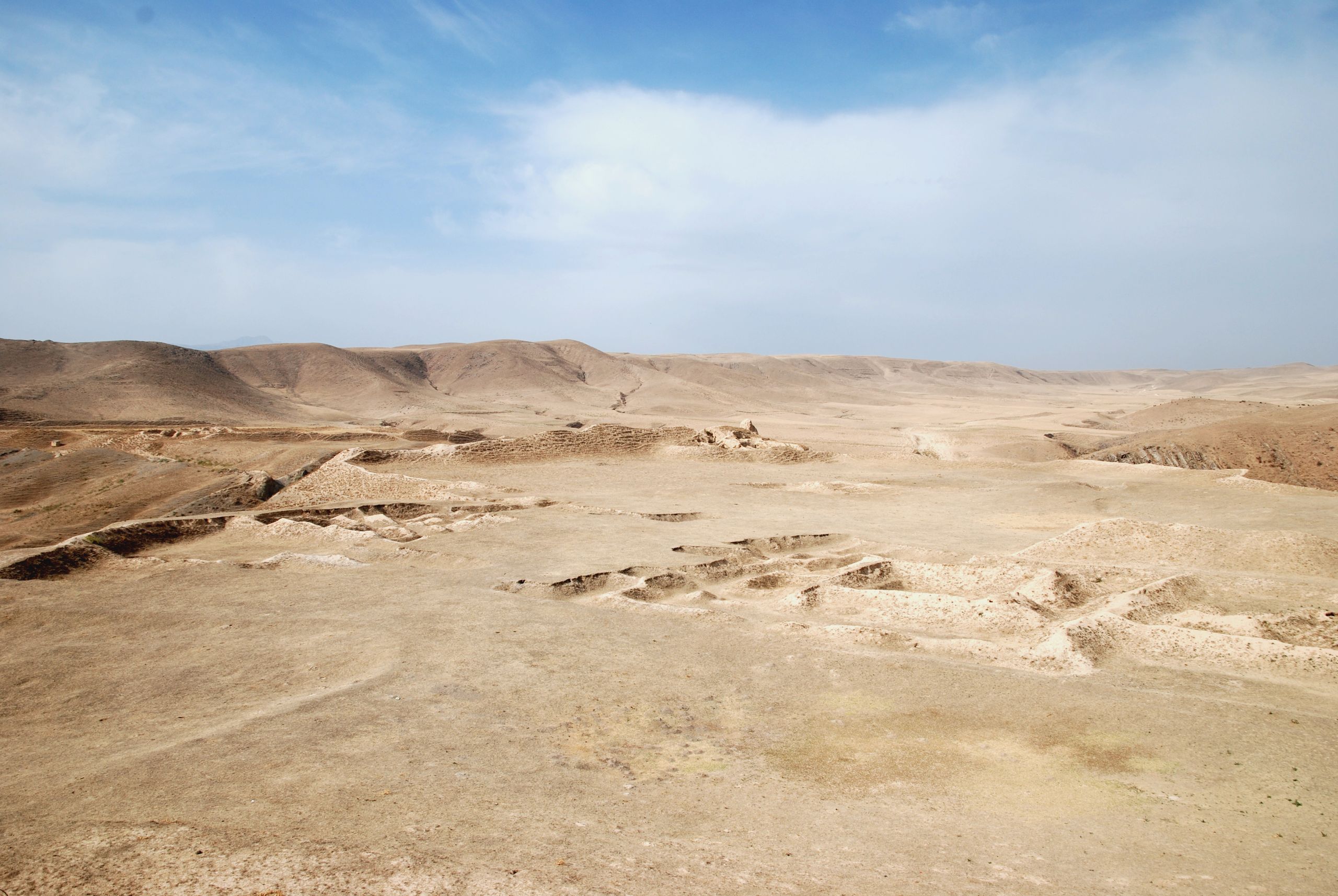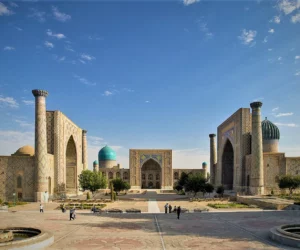The Historical Significance of Samarkand Samarkand, one of the oldest cities in Central Asia, has a rich history that spans over two millennia. Located in modern-day Uzbekistan, it has been a key cultural and economic hub. This blog post will explore the historical significance of Samarkand, focusing on its development, cultural contributions, and enduring legacy….
Sogdian civilization

Afrasiab
Afrasiyab, located in the northern part of present-day Samarkand, Uzbekistan, stands as a testament to the ancient and medieval periods of this historic city. The site, which was continuously occupied from approximately 500 BC until its destruction by the Mongols in 1220 AD, offers invaluable insights into the cultural and architectural advancements of the region over centuries. Today, Afrasiyab is recognized for its archaeological significance, with the Afrasiyab Museum of Samarkand showcasing the famous Afrasiyab frescoes, among other artifacts unearthed from the site.

Bunjikat archeological site
The Bunjikat archaeological site, nestled in the heart of modern-day Tajikistan, is a window into the ancient world. It offers a glimpse into the lives of the people who thrived in the Sogdian civilization. The ruins, which include a citadel, palace, and residential quarters, are a testament to the region’s historical significance. The site’s discovery and subsequent excavations have provided valuable insights into the cultural and architectural practices of a bygone era.

